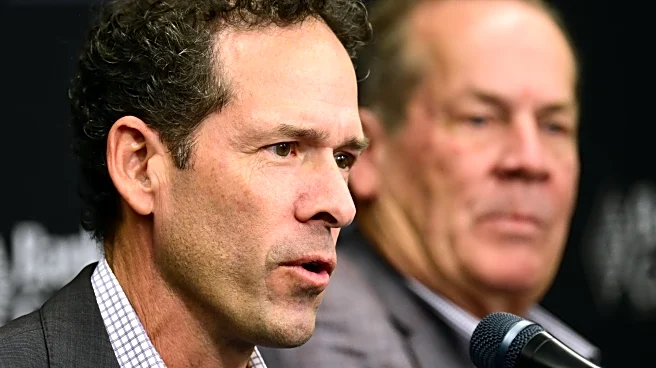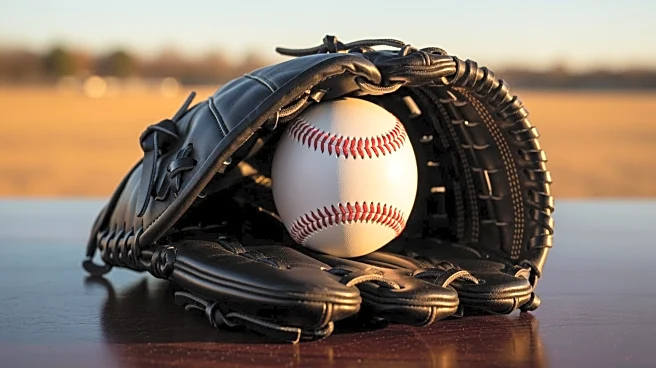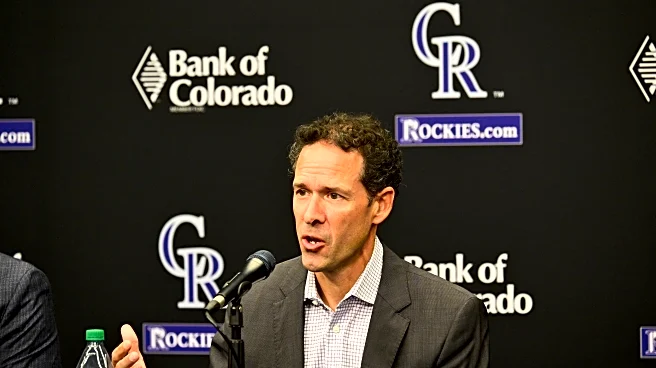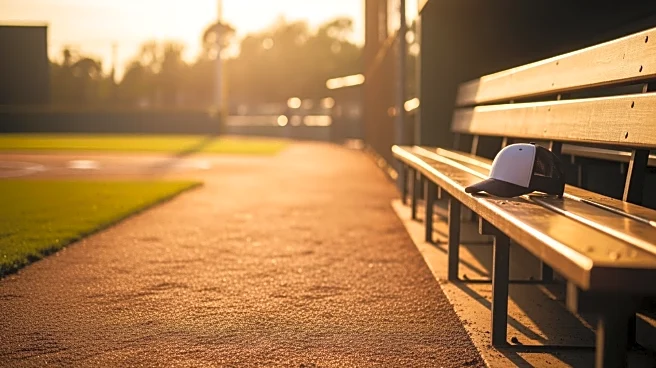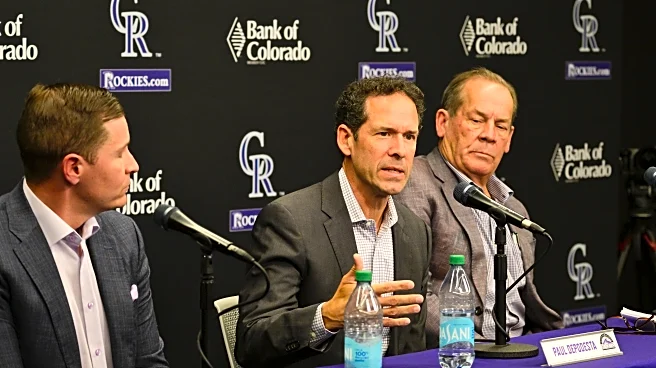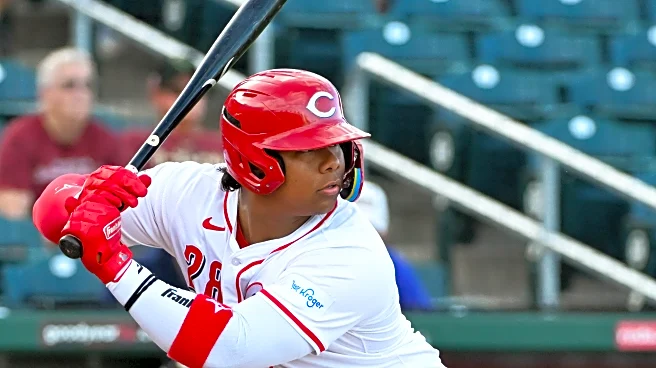When the Colorado Rockies appointed Paul DePodesta to be their president of baseball operations this off-season, there were many different concerns among the fanbase. One of the largest was how much autonomy
DePodesta would be given by the organization to conduct this rebuild.
Critical to the success of any new executive brought in to lead a rebuild is the autonomy to make staff, player, and personnel decisions from the top to the bottom of the organization. When the a team has been as bad for as long as the Rockies have, there should be no stone left un-turned when you’re looking for ways to improve.
Rockies fans unfortunately had to be concerned with the prospect that owner and CEO Dick Monfort would not allow that kind of autonomy under his watch. Even after appointing his son Walker as executive vice president and his seeming heir apparent, the Rockies’ search for a head of baseball operations became rife with suspicions of meddling and resistance to change. Those concerns were exacerbated when two top candidates—Amiel Sawdaye and Matt Forman—were alleged to bow out of the running because Dick Monfort would limit their power to make personnel changes.
DePodesta did his best to assuage those concerns in his introductory press conference at Coors Field last Thursday.
“Let’s be candid: This wasn’t going to be the most traditional hire,” DePodesta said. “It showed me right away that there was a real open-mindedness to do things differently, try some things. From the beginning, I think in our very first conversation, I got that sense that, ‘We know we’ve done things a certain way for a while and they haven’t worked the way we wanted. We’re ready for a change, and we’re ready to bring someone in here to effect that change.'”
Walker Monfort did his best to assure the fanbase as well.
“I don’t have any direct involvement in how that comes to life, other than partnering with Paul on, ‘Here’s how we’d like to structure it. Here’s what we need to look at.’ I’ll have a voice, but ultimately it’s between him, our player development personnel, our scouts, everybody that’s going to be involved.”
However, the Rockies have a history of saying all the right things before falling back into old habits. The old adage says that actions speak louder than words, and DePodesta and the Rockies would have to back up what had been said.
Surprisingly, we didn’t have to wait long. Just one day after DePodesta’s introduction at Coors Field, the Rockies shook up their player development and coaching staff.
Thomas Harding reported Friday afternoon that the Rockies had parted ways with long-time pitching coordinator Doug Linton, coordinator of pitching strategies Flint Wallace, and Albuquerque Isotopes pitching coach Chris Michalak. All this came after the earlier departure of Rockies pitching coach Darryl Scott and the quiet exit of 2025 bullpen coach and former big league catcher Dustin Garneau. Garneau joined the Atlanta Braves staff as a catching coach under former Rockies manager Walt Weiss.
Both DePodesta and Monfort have mentioned organizational pitching as a major point of focus. Over the last four seasons, the Rockies have had one of the worst overall pitching staffs in Major League Baseball. Through their last four seasons Rockies pitching had the third-worst adjusted ERA and ranked dead last in strikeout rate and team in each of those four seasons.Established veterans struggled to stay consistent while rookies simply weren’t developing the way the Rockies needed them to. 24-year-old Chase Dollander—the organization’s top pitching prospect—finished the 2025 season with a 6.52 ERA in 21 starts. He had an eye-popping 9.98 ERA at Coors Field. Other top prospects such as McCade Brown and Carson Palmquist similarly struggled.
With last week’s departures, the Rockies have just one member of the big league pitching coaching and development left: Scott Oberg.
Oberg remaining is interesting. The former reliever had a track record of success on the mound at Coors Field before recurring blood clots forced him into retirement. Multiple young pitchers—including Dollander—have reached out to him for advice.
Other former Rockies pitchers with a history of success such as Adam Ottavino linked to the Rockies’ front office recently, while former All-Star Aaron Cook joined the team on multiple occasions as a guest coach during the 2025 season.
However, the most important part of the shake up is that Paul DePodesta showed a willingness to make significant changes with entrenched or favored personnel, and that the Rockies were willing to let him do so.
Doug Linton had been with the Rockies since 2006 following the conclusion of an 18-year professional pitching career. He was named a pitching coordinator in 2013 and held that position for 12 seasons.
Flint Wallace joined the organization in 2021 as a minor and major league pitching coordinator and was a potential option for the team’s new pitching coach.
Neither Linton or Wallace were anti-analytics or particularly entrenched in an “old-school” mentality like former manager Bud Black. Although Linton seemed to favor more of a hybrid approach, once telling the Society for American Baseball Research that “I like numbers, but the bottom line is you still have to pitch in a game. Analytics verify what your eyes are telling you.”
Meanwhile, Wallace had a heavy focus not just on analytics, but on individual strategy and pitching mechanics. He was a key fixture at the Rockies’ pitching lab at their complex in Scottsdale, Arizona.
“He can really explain the science of pitching in a real way that has pretty profound impact on pitchers and other pitching coaches,” said Zach Wilson, the Rockies’ former assistant general manager of player development. “When you combine his personality, his experience and his base of knowledge, he made a perfect fit for us.”
Despite the pieces in place, the Rockies’ pitching philosophy and development simply was not working over the last four or more seasons. These departures signify a recognition by the Rockies under DePodesta that what the team had been doing needed to change. There is likely even more change on the horizon.
“We have some pitching jobs that we need to fill, including the top pitching jobs,” DePodesta said. “That’s not just hiring a person. That’s actually establishing a pitching philosophy for the entire organization. Those are front and center in my mind.”
While these departures only scratch the surface of what needs to be done as the Rockies rebuild, Rockies fans should feel encouraged—or at the very least, cautiously optimistic. It appears for now that Paul DePodesta is able to make changes at 20th and Blake without Dick Monfort stopping him.
Fast-rising Rox prospect sharpens slider in Fall League | MLB.com
It seemed a bit strange that top relief prospect Welinton Herrera was sent to the Arizona Fall League when the 2025 minor league season ended. Herrera had gotten plenty of work in during the season and was deserving of a break. However, the reason for the continued workload into November has been revealed. Herrera was working on his developing slider.
“It’s a new pitch – I’ve tried a grip, and it’s feeling better,” Herrera said in Spanish, with Rafters catcher and Diamondbacks prospect Kenny Castillo interpreting. “I’m trying to control the strike zone with the slider, and I’m trying to make it better here in the Fall League.”
On the Yankees, the Rockies, and loving both your children | Pinstripe Alley
Our friend Joshua Diemert over at Pinstripe Alley has an interesting conundrum as he explores the dichotomy of being a fan of both the successful New York Yankees and the ever-bumbling Colorado Rockies. It’s certainly an interesting perspective.
Please keep in mind our Purple Row Community Guidelines when you’re commenting. Thanks!
